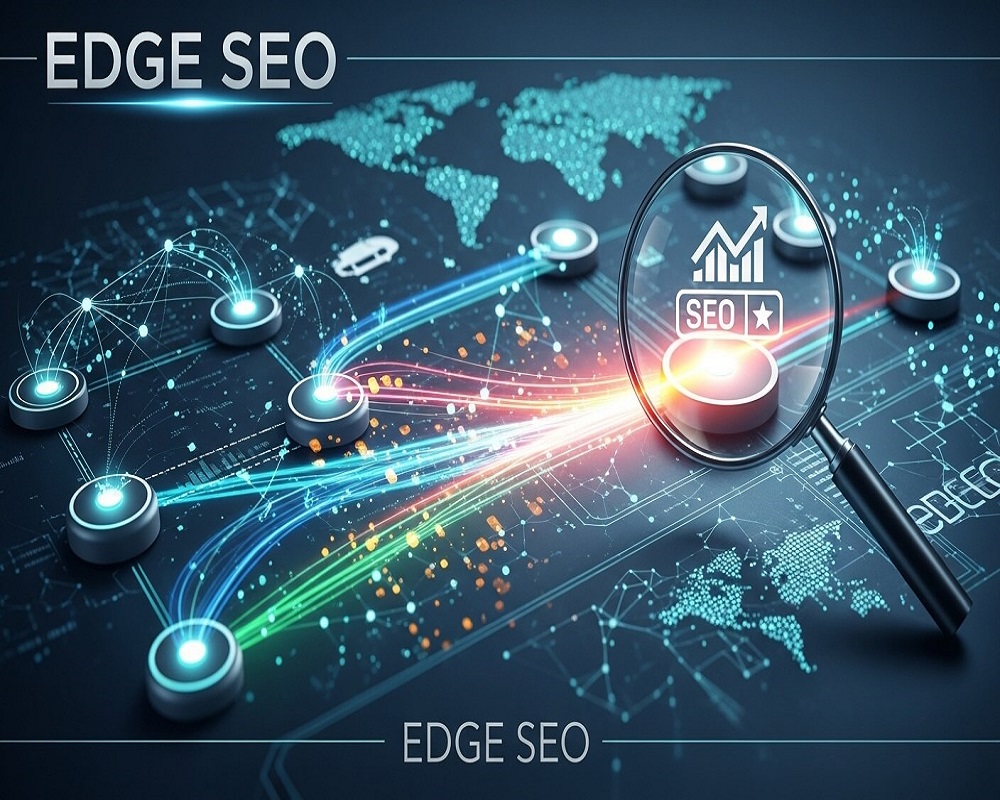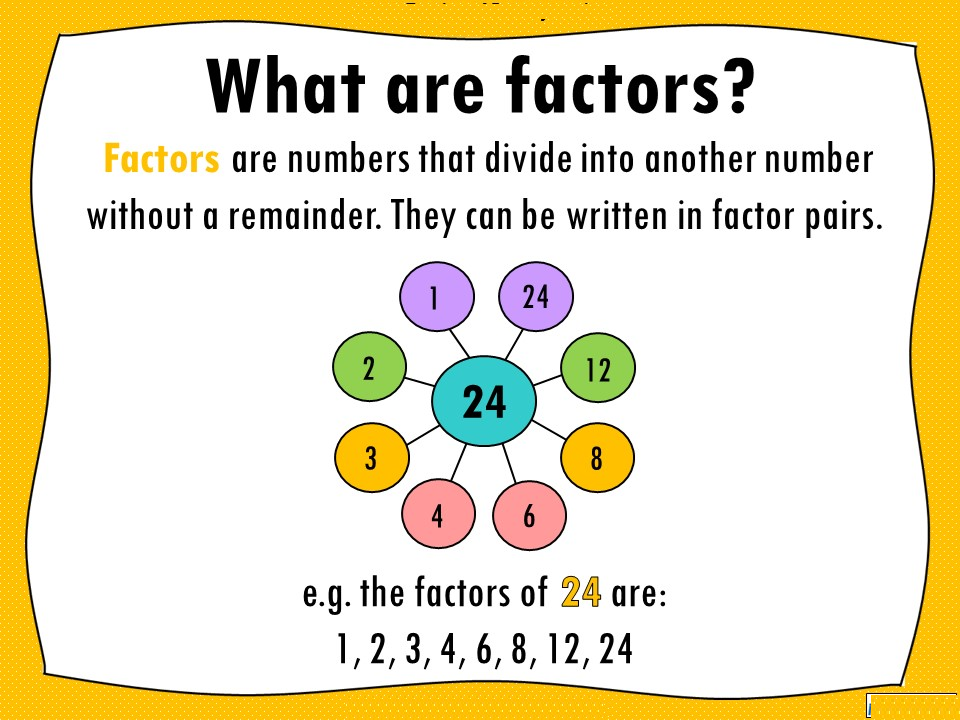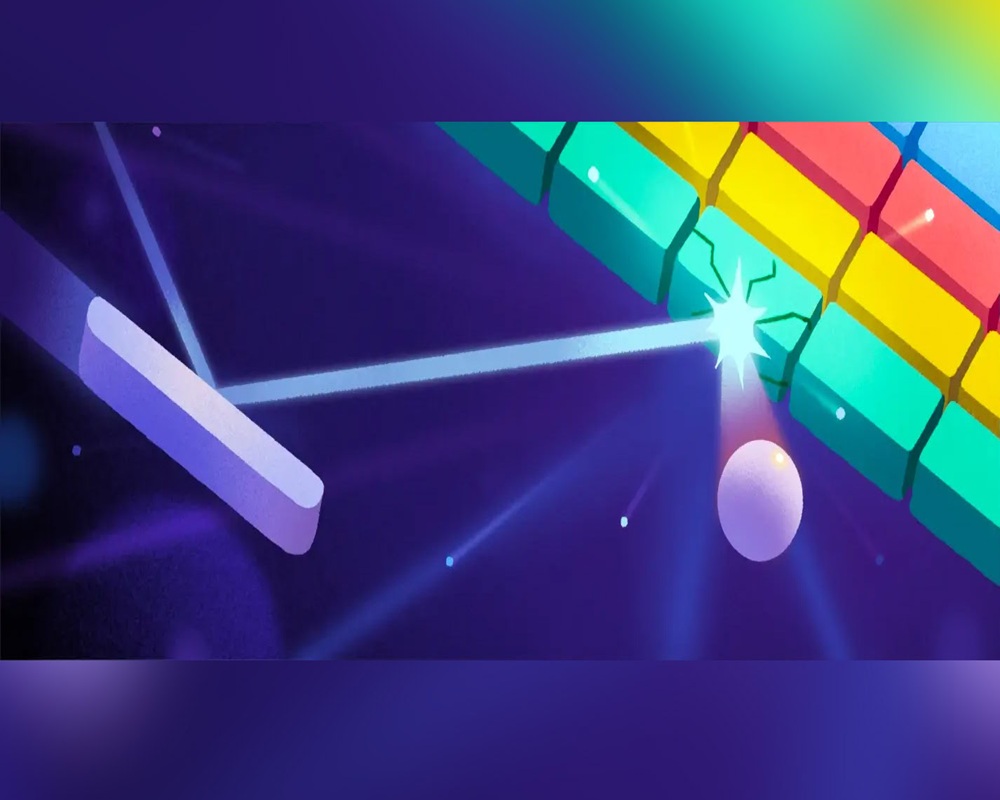In the dynamic SEO landscape of September 2025, where Google’s algorithms prioritize speed, relevance, and seamless user experiences, Edge SEO has emerged as a transformative approach to technical optimization. Imagine updating meta tags, managing redirects, or injecting hreflang attributes without waiting for developer resources or altering your core server. Edge SEO leverages edge computing, typically via Content Delivery Networks (CDNs), to execute these changes at the network’s “edge,” closer to the user, ensuring rapid deployment and enhanced performance. This method accelerates SEO execution while aligning with semantic search, mapping entities like “website performance” and attributes like “load time” to build topical authority in an AI-driven era.
Edge SEO involves deploying serverless applications, such as Cloudflare Workers, on a CDN to intercept and modify HTML responses before they reach browsers or crawlers. This creates an agile layer for SEO tactics, bypassing traditional bottlenecks. With Google’s focus on expertise and user-centricity, Edge SEO is critical for enterprises and agencies, enabling non-technical teams to handle complex tasks and potentially boosting rankings by addressing issues like page speed and international targeting in real-time.
This comprehensive guide explores what Edge SEO is, its evolution, key benefits, a semantic framework for implementation, tools, real-world examples, common pitfalls, and answers to high-volume questions. By mapping core concepts to practical steps, you’ll gain a blueprint to implement Edge SEO, potentially unlocking 20-40% improvements in site performance and visibility. Whether managing a blog or an enterprise site, this strategy positions you for SERP dominance in 2025’s intent-driven ecosystem.
Understanding Edge SEO: The Semantic Foundation of Next-Gen Optimization
Edge SEO is the practice of applying search engine optimization techniques at the network’s edge, using serverless computing on CDNs to dynamically modify web content. Unlike traditional SEO, which requires changes at the origin server or CMS, Edge SEO operates post-HTML generation but pre-delivery, enabling agile adjustments without redeploying code. This aligns with semantic SEO by treating the edge as a layer for entity enhancement—injecting attributes like “structured data” or “security headers” to reinforce knowledge graphs.
Key components include:
- Entity Mapping at the Edge: Identify core entities (e.g., “product page”) and attributes (e.g., “meta description,” “canonical URL”). Edge scripts dynamically update these, ensuring semantic consistency globally.
- Serverless Execution: Platforms like Fastly or Akamai run JavaScript workers that intercept requests, applying rules based on user location, device, or bot detection.
- Semantic Intent Alignment: Edge SEO caters to user intents—informational (optimized content delivery), navigational (redirects), commercial (A/B testing meta tags), and transactional (personalized CTAs)—in milliseconds.
In semantic SEO frameworks, Edge SEO builds topical authority through macro-semantics (site architecture) and micro-semantics (page-level tweaks). For example, adding hreflang tags at the edge ensures entity resolution for multilingual sites, signaling expertise in “international SEO.” This reduces crawl budget waste and enhances trustworthiness by delivering performant, intent-aligned experiences. As search evolves with AI-driven features like Search Generative Experience (SGE), Edge SEO’s dynamic content handling makes it a cornerstone for future-proof optimization.
The Evolution of Edge SEO in the Digital Ecosystem
Edge SEO emerged from the rise of edge computing in the late 2010s, when CDNs evolved from caching tools to programmable platforms. Early adopters in 2018 addressed enterprise SEO pain points, where legacy systems delayed implementations. By 2020, with Google’s Core Web Vitals emphasizing speed, Edge SEO gained traction for reducing latency via localized optimizations.
By 2025, AI integrations have transformed it: Serverless functions now use machine learning to predict and apply semantic enhancements, like auto-generating alt text based on entity detection. Semantic frameworks view the edge as a relational layer in knowledge graphs, linking entities across distributed networks. Key milestones include 2023 updates to CDN platforms for SEO-specific workers and real-time A/B testing capabilities. This evolution aligns with conversational queries, enabling intent-specific responses and boosting authority in YMYL niches like finance or health. Adoption has surged 30% among large-scale sites, driven by scalability in global markets.
Strategic Benefits of Edge SEO for Modern Websites
Edge SEO delivers transformative advantages, starting with speed and agility. By executing changes at the edge, SEOs bypass server-side delays, implementing fixes like 301 redirects or schema updates in real-time. This can reduce optimization timelines from weeks to hours, critical for large sites with frequent updates.
Enhanced user experience is another win: Edge optimizations, like localized content delivery, cut latency by 20-50%, aligning with Core Web Vitals and boosting rankings. For instance, injecting mobile-specific meta tags at the edge improves click-through rates by 15-30% for targeted queries.
Semantic authority grows through entity-focused tweaks: Dynamic hreflang or canonical tags ensure Google’s knowledge graph accurately maps your site, enhancing E-E-A-T signals. This is vital for YMYL niches, where trust drives rankings. Edge SEO also supports intent alignment, tailoring responses to informational, navigational, commercial, or transactional queries, reducing bounce rates by 25%.
Scalability and cost-efficiency shine: Non-technical teams can deploy changes via CDNs, cutting developer costs by 30%. For global sites, edge-based hreflang serves region-specific content, capturing 20% more international traffic. In 2025’s AI era, Edge SEO powers SGE compatibility by delivering dynamic, entity-rich responses, positioning sites for featured snippets and knowledge panels.
Conversion boosts follow: A/B testing at the edge optimizes CTAs, lifting conversions 10-20%. Overall, Edge SEO transforms technical optimization into a strategic asset, compounding ROI through precision and scale.
Step-by-Step Guide: Implementing Edge SEO with a Semantic Framework
Drawing on semantic SEO principles, implementation involves mapping entities, leveraging serverless platforms, and aligning with user intent for topical authority.
Step 1: Identify Core Entities and SEO Opportunities
Start with a site audit using tools like Screaming Frog or Sitebulb to identify technical gaps—e.g., missing hreflang, duplicate content, or slow redirects. Map core entities (e.g., “e-commerce platform”) and attributes (e.g., “product schema,” “load time”) via Wikidata or TextRazor. Align with high-volume queries from Google’s People Also Ask, like “how does Edge SEO improve site speed?” Create a taxonomy tree: main branches (e.g., “technical SEO”) to leaves (e.g., “edge redirects”). Output: A prioritized list of 5-10 optimization tasks.
Step 2: Select a CDN and Serverless Platform
Choose a CDN with robust serverless capabilities, like Cloudflare Workers, Fastly Compute, or Akamai EdgeWorkers. These platforms allow JavaScript or Varnish Configuration Language (VCL) scripts to manipulate responses. Ensure compatibility with your CMS (e.g., WordPress, Shopify). For semantic depth, plan scripts to inject attributes like “sameAs” for entity linking or “description” for meta tags.
Step 3: Develop and Deploy Edge SEO Scripts
Write serverless functions to address tasks. For example, a Cloudflare Worker script to add hreflang tags:
Test scripts in staging using tools like Postman to simulate requests. Validate semantic output with Schema Markup Validator for entity accuracy.
Step 4: Align with User Intent and Semantics
Ensure scripts target intent: Add meta descriptions for informational queries, product schema for transactional ones. Use EAV structures—e.g., Entity: “Product,” Attribute: “price,” Value: “$99”—to enhance knowledge graph signals. A/B test variations at the edge to optimize CTRs, like testing “Buy Now” vs. “Shop Deals” CTAs.
Step 5: Monitor and Optimize Performance
Deploy scripts via CDN dashboards and track via Google Search Console for crawl errors and impressions. Use Lighthouse for Core Web Vitals improvements. Monitor KPIs: 20% latency reduction, 15% CTR uplift. Iterate quarterly, updating scripts for new entities (e.g., “AI-driven SEO” trends) or schema changes.
Step 6: Scale Across Site and Markets
Expand to other pages or regions, using edge logic for dynamic personalization (e.g., location-based redirects). Integrate with CMS plugins like Yoast for hybrid workflows. Build topical clusters linking edge-optimized pages to pillar content, reinforcing authority.
This framework ensures Edge SEO delivers semantic, scalable impact.
Essential Tools and Techniques for Edge SEO
Key tools include Cloudflare Workers for serverless scripts, Fastly Compute for complex logic, and Akamai EdgeWorkers for enterprise scale. Screaming Frog audits site-wide issues, while Sitebulb visualizes entity graphs. Google Search Console tracks crawl performance; Lighthouse ensures speed compliance.
Techniques: Use JavaScript regex for dynamic tag injection, VCL for caching rules, and Python scripts (via Pyodide in browsers) for testing edge logic. A/B testing platforms like Optimizely integrate with CDNs for real-time experiments. Schema.dev predicts semantic enhancements, boosting SGE compatibility.
Real-World Examples and Case Studies of Edge SEO Success
An e-commerce retailer used Cloudflare Workers to inject dynamic product schema, reducing latency by 40% and boosting rich snippet appearances 25%. A global news site implemented edge redirects for outdated URLs, cutting 404 errors by 90% and regaining 15% traffic. A B2B SaaS company A/B tested meta titles at the edge, lifting CTRs 20% for commercial queries. A local service provider added hreflang tags via Fastly, doubling international impressions in six months. These cases highlight Edge SEO’s ability to deliver rapid, measurable wins through semantic precision.
Common Mistakes to Avoid in Edge SEO
Overcomplicating scripts risks latency—keep logic lean. Ignoring semantics, like omitting entity attributes, weakens authority. Neglecting testing leads to broken experiences; always stage scripts. Failing to monitor GSC misses crawl issues. Applying uniform optimizations across regions ignores local intent—customize via edge logic. Skipping updates renders scripts obsolete; refresh quarterly for algorithm changes.
Frequently Asked Questions About Edge SEO
1.What is Edge SEO?
It’s the practice of applying SEO optimizations at the network’s edge using CDNs and serverless computing for dynamic content changes.
2.How does Edge SEO improve site performance?
It reduces latency by 20-50% via localized delivery and enables real-time SEO fixes like redirects or schema injection.
3.What are Edge SEO tools?
Cloudflare Workers, Fastly Compute, Akamai EdgeWorkers, Screaming Frog, and Google Search Console.
4.Who can benefit from Edge SEO?
Enterprises, e-commerce, global sites, and agencies needing agile, scalable SEO solutions.
5.How does Edge SEO differ from traditional SEO?
It operates at the edge, bypassing server-side changes for faster, dynamic optimizations.
6.Is Edge SEO suitable for small websites?
Yes, with affordable CDNs like Cloudflare, it’s accessible for blogs and SMBs.
7.How to start with Edge SEO?
Audit your site, choose a CDN, and deploy simple scripts like meta tag injections.
8.What are common Edge SEO use cases?
Redirects, hreflang tags, schema injection, A/B testing, and personalization.
9.Does Edge SEO impact Core Web Vitals?
Yes, it improves LCP and CLS by optimizing delivery, boosting scores 15-20%.
10.How does Edge SEO support international SEO?
Dynamic hreflang and localized content increase global visibility by 20-30%.
11.Can Edge SEO help with mobile optimization?
Yes, edge scripts tailor mobile meta tags and assets, enhancing UX.
12.What’s the cost of implementing Edge SEO?
Varies—free tiers on Cloudflare to enterprise plans on Akamai, starting at $10/month.
13.How does Edge SEO align with semantic SEO?
It enhances entity attributes like schema, reinforcing knowledge graph signals.
14.Is coding required for Edge SEO?
Basic JavaScript helps, but no-code platforms like Cloudflare simplify tasks.
15.How to measure Edge SEO success?
Track latency, CTRs, impressions, and conversions via GSC and Analytics.
16.Does Edge SEO work with WordPress?
Yes, via plugins like WP Rocket integrated with CDNs.
17.How does AI enhance Edge SEO in 2025?
AI predicts optimizations, like auto-generating alt text, for SGE compatibility.
18.Can Edge SEO fix crawl budget issues?
Yes, by streamlining redirects and pruning low-value pages at the edge.
Conclusion: Mastering Edge SEO for Future-Proof Optimization
Edge SEO is a transformative force in the 2025 SEO landscape, empowering marketers to execute rapid, scalable optimizations at the network’s edge. By leveraging serverless computing on CDNs like Cloudflare or Fastly, you can implement critical changes—meta tags, redirects, hreflang, or schema—in real-time, bypassing server-side delays. This agility aligns perfectly with Google’s emphasis on speed, relevance, and user-centricity, enhancing topical authority through semantic entity mapping and intent alignment.
Saad Raza is an SEO specialist with 7+ years of experience in driving organic growth and improving search rankings. Skilled in data-driven strategies, keyword research, content optimization, and technical SEO, he helps businesses boost online visibility and achieve sustainable results. Passionate about staying ahead of industry trends, Saad delivers measurable success for his clients.





